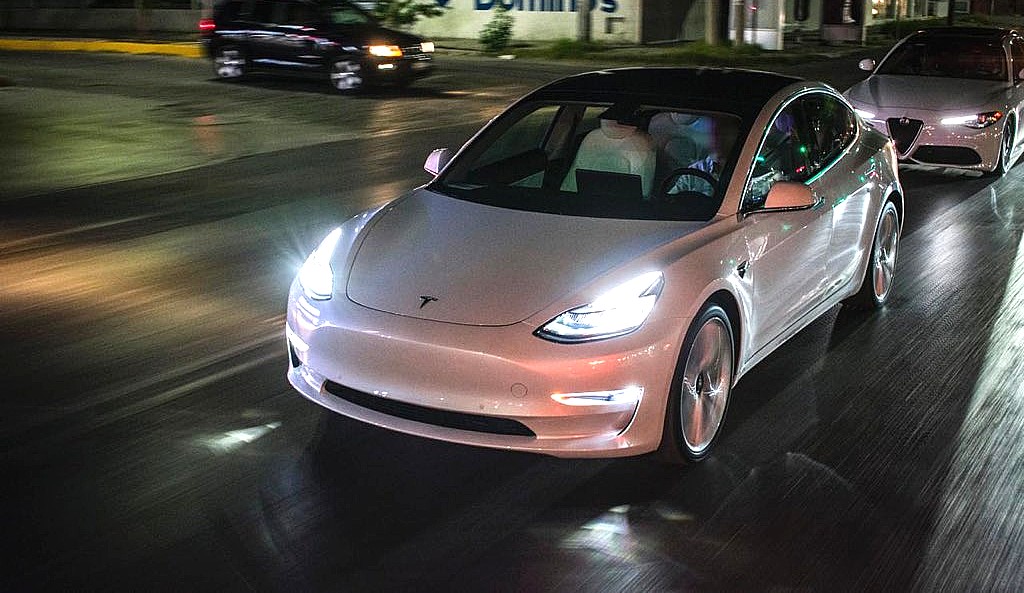Earlier this month, Tesla rolled out software update 2021.24.12, which included a new Autopilot and Autosteer feature that responds to the presence of stationary emergency vehicles on the road. With the new feature in place, Teslas would now slow down when they detect emergency vehicles such as ambulances and firetrucks, provided that features like Autopilot or Autosteer are engaged.
Tesla was quite understated with its new Autopilot and Autosteer feature, with the company only discussing the function on the 2021.24.12 Owner’s Manual for the Model 3 and Model Y. According to the company, Teslas should automatically slow down when an emergency vehicle is detected, and a message on the touchscreen informing drivers of the slowdown should also be engaged. A chime and a reminder stating that drivers should keep their hands on the wheel should also be enabled.
An example of this new feature in action has now been shared online. As posted by u/pengellyb on the r/TeslaMotors subreddit, Autopilot does indeed slow down as soon as it detects a stationary emergency vehicle. A notification that read “Autopilot speed limited for emergency lights” appeared on the screen, as well as a reminder that drivers could tap the accelerator pedal to cancel the feature.
Interestingly enough, the actual stationary emergency vehicle, a police SUV with emergency lights engaged, did not show up on the Model 3’s driving visualizations. It was evident that the police cruiser was detected since the automatic slowdown feature was engaged, but the emergency vehicle itself was absent on the Model 3’s display. Renders of stationary emergency vehicles on the road will likely be displayed in later updates, especially as Tesla rolls out its FSD Beta visualizations to more of its fleet.
While some may criticize Tesla for only rolling out its automatic slowdown feature now, the fact is that the company’s vehicles only account for a very small fraction of accidents involving stationary emergency vehicles. As per the Government Accountability Office (GAO) report, about 8,000 injuries were reported involving a stationary emergency vehicle in one year. Tesla only accounted for nine crash injuries with first responder vehicles in the past 12 months.
Hopefully, Tesla could develop its automatic emergency vehicle slowdown feature further. While slowing down and actively alerting drivers is already quite impressive, Tesla could perhaps also enable its vehicles to move over to another lane to optimize safety even further. This should effectively highlight the notion that Teslas truly are among the safest cars on the road today, bar none.
Don’t hesitate to contact us with news tips. Just send a message to tips@teslarati.com to give us a heads up.











